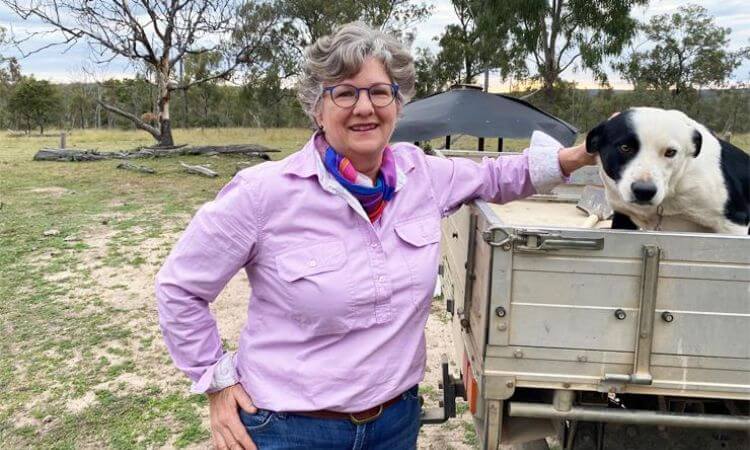With agriculture one of Australia’s leading industries, the health of the country’s grasslands is of vital importance.
For this, modelling has proved invaluable, with farmers, researchers and policy makers employing the method to help better predict complex interactions between grassland species and their environment.
Now, a team of University of Southern Queensland researchers has sought to advance the country’s capabilities, by employing a modelling approach often used in other scientific fields to predict the distribution of grassland species under different conditions.
Led by UniSQ statistician Andrew Fichera, the team found that the Integrated Nested Laplace Approximation with Stochastic Partial Differential Equation (INLA-SPDE) approach, a spatial modelling and analysis technique, had improved predictive performance when compared to other traditional modelling methods.
“With the INLA-SPDE approach, we used data from areas where particular grassland species were observed and then extrapolated across the Australian continent, while adjusting for variables such as soil and climate,” Mr Fichera said.
“We wanted to know if the INLA-SPDE approach would better predict the distribution of grassland species than the other approaches – and it did.
“INLA models explicitly account for spatial autocorrelation, which provides a more precise representation of the spatial variability inherent in all spatial data.
“Not only was it more accurate but it was also more stable than the previous models, which meant that we were getting consistent results when changing between different species and different spatial scales.”
The approach incorporated many different types of data, including soil information from CSIRO and rainfall and temperature data from the Bureau of Meteorology, which form the variables that affect species distribution.
Mr Fichera said modelling systems play a crucial role in decision making, helping the industry adapt to climate variability, including climate extremes.
“We tested the approach under climatic extremes and the predictions aligned well with historical species observations,” he said.
“Ultimately, a model like this can be used by anyone looking to understand the gears and levers of this system, including helping to inform policy and adaptation strategies for climate change.
“Although this type of modelling isn’t commonly used in an agricultural setting, with this paper we are hoping to show the potential benefits it holds for researchers and others in this space.
“With a higher predictive performance, your results are more stable, therefore one can be more certain about the outcomes of the model and the potential impacts of any decisions.”
Mr Fichera, who previously completed his masters with the university, was joined on the project by academics from across the university, including Associate Professor Rachel King (Statistics), Dr Jarrod Kath (Environmental Science), Associate Professor David Cobon (Climate Science), and Dr Kathryn Reardon-Smith (Environmental Science).
Learn more about UniSQ’s world-leading scientific research.



